Advancing in Training as a Scuba Diver
The age-old adage of ‘you have to learn to walk before you run’ is as pertinent to scuba diving as it is to other aspects of life. Just as passing your driving test won’t prepare you to drive a Formula 1 car, earning your Open Water Diver license, whilst an admirable and necessary first step, won’t prepare you for hooking on the reef in the pumping currents of Palau’s Blue Corner.
From the moment we take those first tentative breaths underwater, we need to keep learning and improving our skill sets to be able to comfortably and safely dive and enjoy the more challenging and rewarding dive sites on our blue planet.

The Open Water Diver course, whether it’s SSI, PADI, or any other training agency, teaches you the basics of scuba diving. The key concepts and skills we learn in this course are essential to diving safely, but we also need to understand that there is always more to learn. And whilst it is true that you can learn by doing—by diving more—in an unforgiving environment such as underwater, learning under the supervision of a trained scuba diving instructor is safer and should help you improve your skills in a more timely and structured manner.
What is the Next Step?
You are probably already aware that there are a number of training agencies offering certification courses, and some of them use different names for the different certification levels. Most commonly, the second certification level is referred to as the “advanced course”, and will involve five or more dives, with each dive focusing on a slightly different aspect of diving, i.e., drift diving, night diving, or wreck diving.
On each of these dives, you will get an introduction to that specific aspect of diving, but you will not learn everything there is to know about said aspect. Completing one dive on a wreck with an instructor will give you an introduction to the basics of wreck diving, and you will find out whether you enjoy wreck diving and whether you would like to learn more about that specific type of diving.
Specialty Courses

If you do find yourself enjoying one of your Advanced Course dives more than the others and wish to learn more about that specific aspect of diving, then you can look into completing the corresponding Specialty Course. If we take wreck diving as an example, during your advanced course you learn the basics of wreck diving, how to spot hazards, and assess the wreck.
The Specialty Course for wreck diving builds on that knowledge and takes it further, and you will learn about preparing a map of a wreck and how to use a reel to safely enter a wreck. If you really enjoy wreck diving, this is a great way to increase your knowledge and skills, but we must remember that there is still much more to learn before declaring yourself a wreck diving expert.
Perhaps the most popular and immediately beneficial Specialty Course is Nitrox, or Enriched Air. Nitrox involves lower amounts of nitrogen and increased amounts of oxygen inside the tank, which translates to more bottom time at a given depth compared to the amount of bottom time you would have with a tank filled with air. This benefit does come with a trade-off on how deep you can go, as the increased oxygen levels will become toxic at a shallower depth than a standard tank of air.
The Rescue Diver Course: Serious Fun

Once you have completed the Advanced Course, you will be eligible to sign up for a Rescue Course. The Rescue Course is where you start to direct your attention to other people underwater; you should no longer be worried about your own dive ability. The Rescue Course is usually where people start to become more confident in their diving abilities and in solving problems.
One of the main philosophies of the Rescue Course is to teach people to stop, think, and act in order to solve a problem. During the course, you will have to solve varying issues and problems underwater and show that you can effectively think through these situations and solve the issues in a calm and timely manner.
The Rescue Course helps people become less dependent on others underwater, and to become a more skilled and more confident diver. The course can be challenging, both physically and mentally, but it is also a lot of fun. It’s often the course which most people look back on most fondly. You work hard, but you learn a lot of valuable lessons along the way.
Want to Go Pro? Become a Divemaster
As a certified Rescue Diver, you should now be comfortable in the water, but also still be aware that there is still lots more to learn. A popular next step is to join the professional ranks and become a Divemaster. The Divemaster rating is the first rung on the professional ladder. Earning this qualification allows you to begin working within the recreational diving industry.
As a Divemaster, you are qualified to guide dives—to lead others on an underwater tour of a dive site. You should be able to find your way back to the boat or exit point and be able to handle any issues encountered along the way. Divemasters also learn how to act as a teaching assistant to instructors, as well as how to assist and anticipate the needs of instructors and student divers.
The Divemaster Course usually lasts for a minimum of one month and involves diving every day to reach the course goals. For many people, this is the first time they have dived so intensively, and there is often a marked improvement in the diver’s all-round dive skills in addition to the new skills being learned. The Divemaster Course is a great way to become a safe, confident diver who can solve problems both underwater and on the surface.
Become a Dive Instructor: Share the Passion
Once you have been working as a Divemaster for a while, and have increased your experience and knowledge levels even further, the next step that you may consider is to become a dive instructor. If you wish to teach other people how to dive, then this is the level you need to reach. During your instructor training, you will learn how to teach, including how to break diving down into its constituent skills and how to piece them together to teach an effective and safe scuba diving course.
Dive instructor courses typically take two weeks to complete and also involve two days of practical and theoretical exams with an external examiner. The course teaches you how to teach dive theory in the classroom, as well as how to conduct dive training in a swimming pool and in the ocean. The main focus is on teaching beginner divers, but the instructor course also focuses on teaching the continuing education courses: the Advanced Course, Specialty Courses, the Rescue Course, and the Divemaster Course.
As a qualified scuba diving instructor, the world is your oyster. Theoretically, you can now work anywhere in the world, teaching people to dive. Of course, you have to pay attention to the legalities involved in teaching outside of your home country, but you can apply for jobs in the places you have always wanted to dive in and hopefully land that dream job on a liveaboard in Palau or Komodo! But, remember, there’s still more to learn…
What Should You Do Next?
In one word, dive! Whilst education is important, its value is diminished if you don’t get in the water and just dive too. Once you have learned something new, put it into practice on dives to be more confident with the new skills. And, if possible, dive in different conditions and slowly work up to trying more challenging conditions.
Look to increase your experience as you increase your knowledge base and skill set. But also, talk to your instructors—it’s better to seek counsel from the professionals that have dived with you than to simply ask the internet. Tell your instructor what you want to achieve and have a conversation about how you can work together to reach those goals. And don’t forget to have fun along the way; after all, that’s why we started diving in the first place.
Still needs to get your certification? Check out our post on how to get your scuba diving certification.
Disclosure: This post may contain affiliate links, which means that DIVEMONDO may receive a small commission if you make a purchase using these links. As an Amazon Associate this website earn from qualifying purchases.
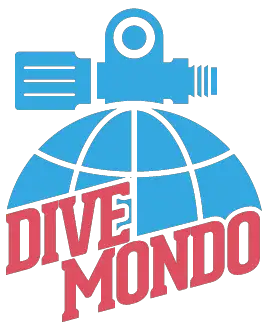

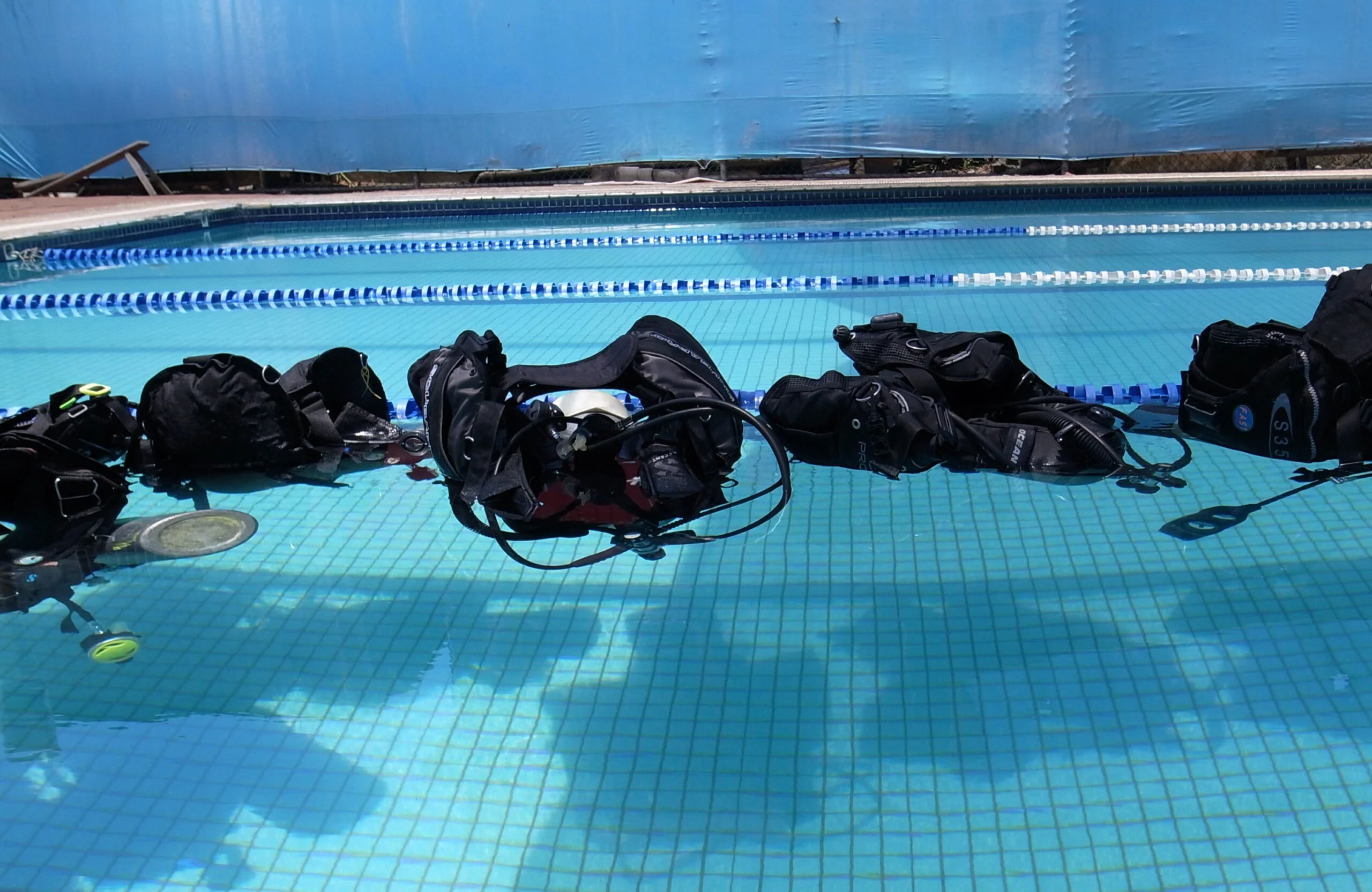
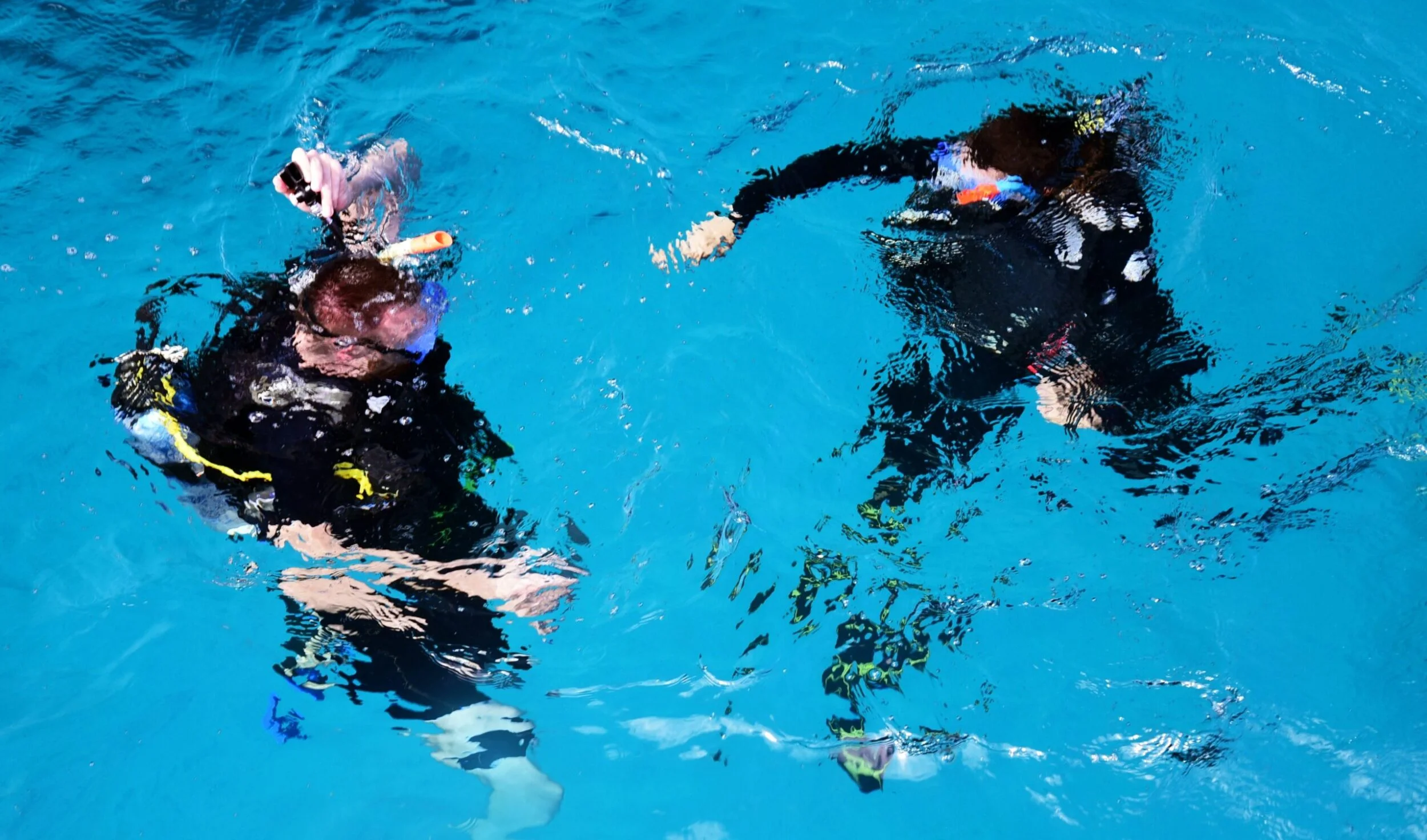


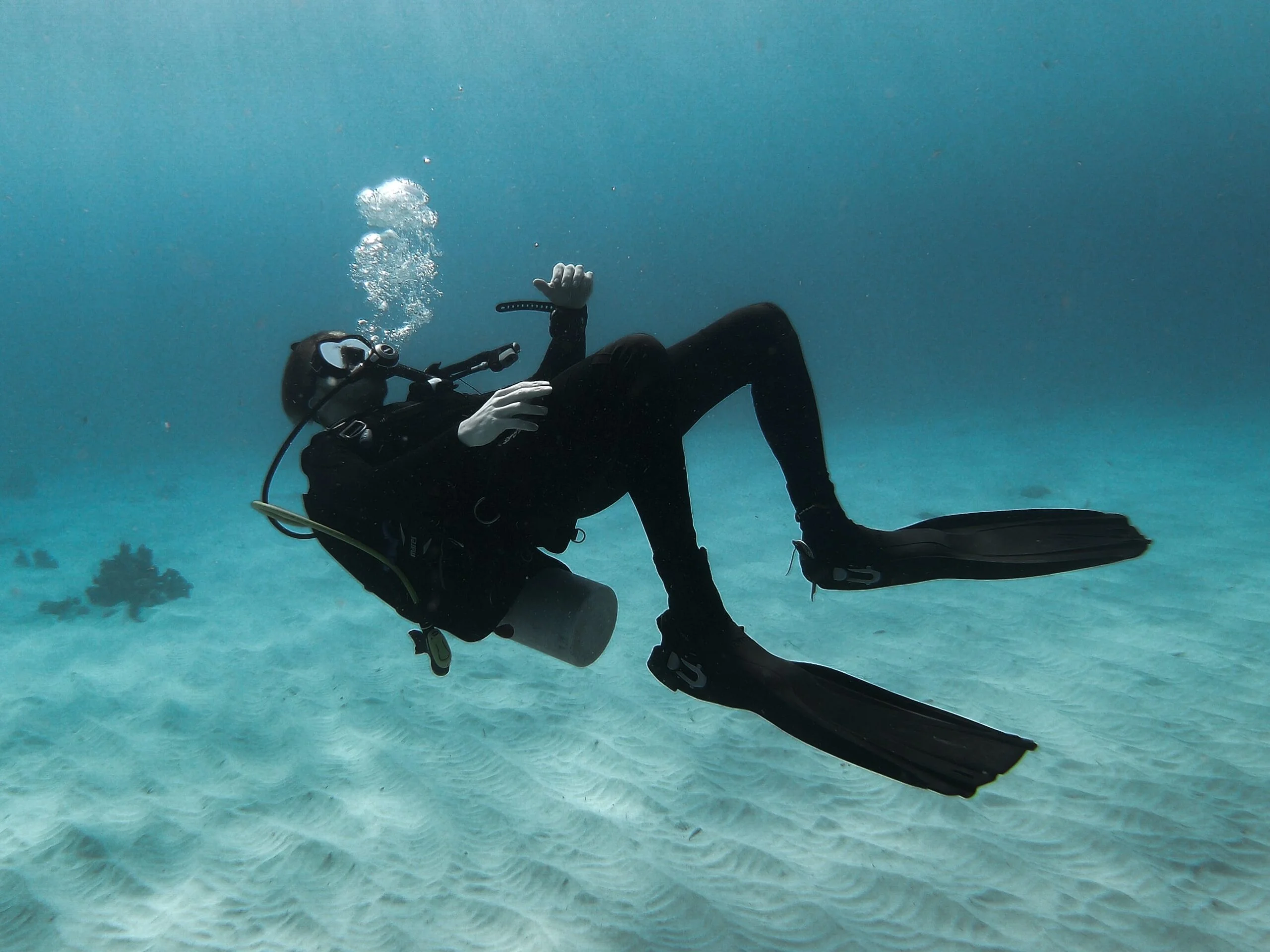

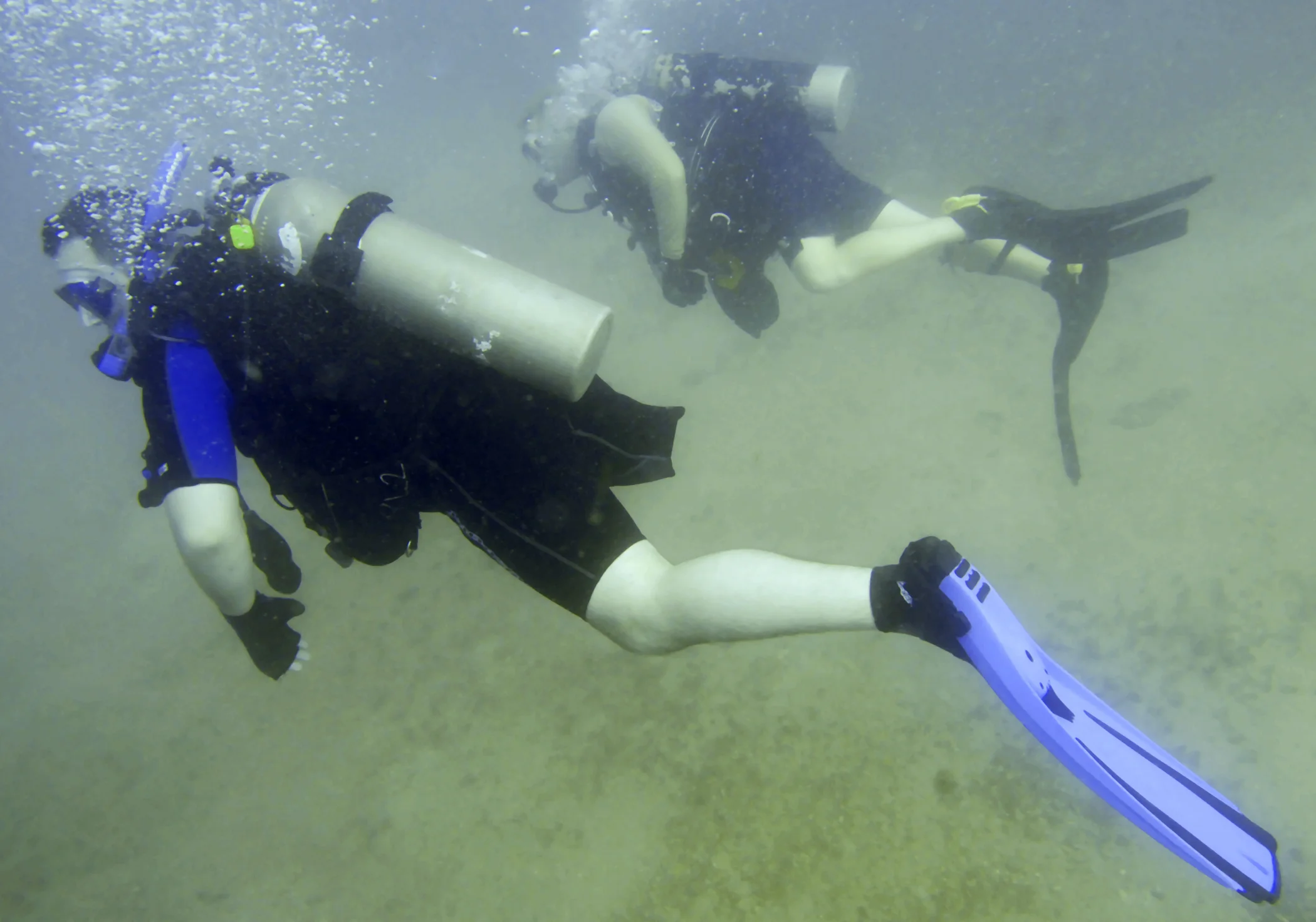


Leave a Reply